Digital flavors: record, restore and transfer odors
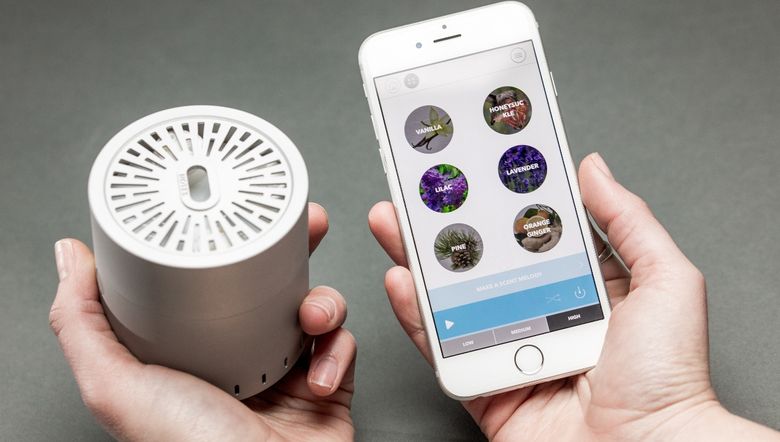
At the 7th Moscow International Biennale of Contemporary Art, we took an active part in creating the Flavor of the Internet. To make a smell that would be associated with the Internet, Sissel Tolaas, a Norwegian artist by education, took on our order. Her collection, one of the largest in the world, has thousands of flavors, among which you can find the smells of cities, human emotions and iconic historical events.
The smell of the Internet consists of particles of ozone, metal and ordinary air. You can taste the delicate network flavor at the exhibition in the State Tretyakov Gallery until January 18, 2018. About how he appeared, about the true meaning of smells and information transfer using incense tell further.
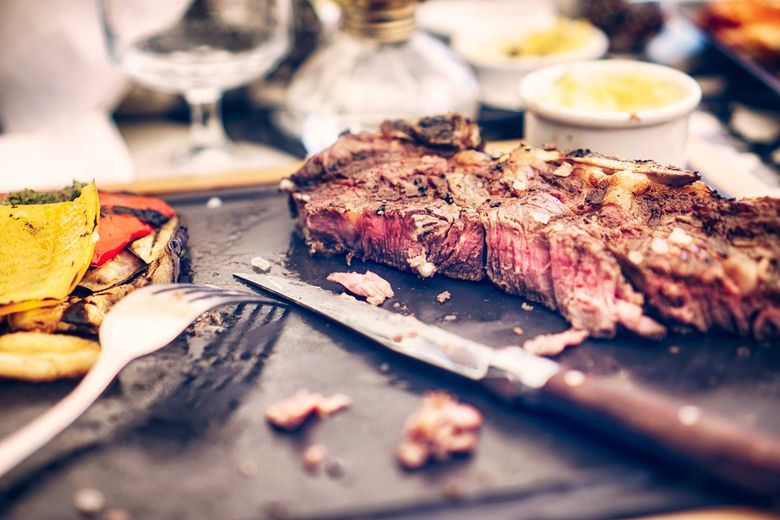
The smell of grilled meat can cause you to salivate and cause your brain to draw a seductive image of a steak.
In everyday life, we almost do not pay attention to smells. If you are not a hunting dog, then the lion's share of information about the world around you is obtained through sight. However, the smell remains a powerful tool for influencing our subconscious. Smell changes behavior, causes negative or positive emotions, awakens memories.
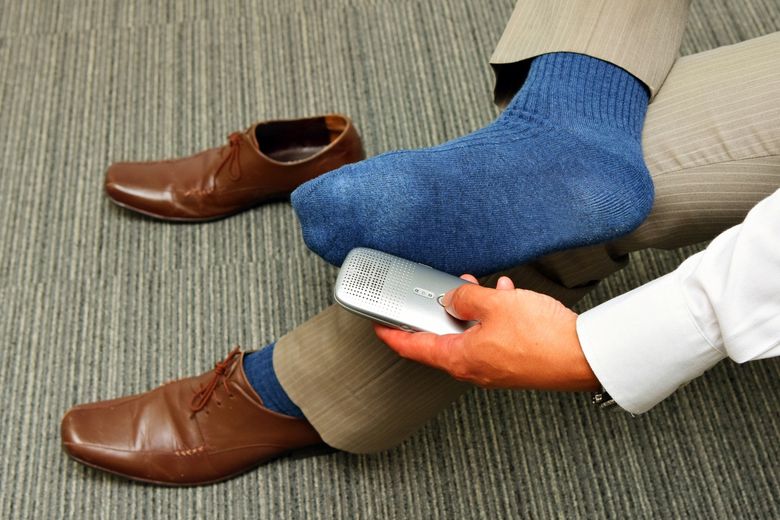
Already created a gadget (in Japan) that can be used to measure the odor of a person’s feet
Our reaction to the smell can be instantaneous, but no one is born with a program for the reaction to odors recorded in the DNA. We have no genes that tell us what a good smell and what kind of dirty socks under the bed, the stench of a gutter or a pair of gasoline. Perception of smells is primarily determined by education and culture.
For millennia of evolution, smell did not yield to our methods of fixing and transmitting information. It was difficult to even understand or imagine an unfamiliar smell. The task is solved with ease only by synesthetics, special people who are able to "see" smells and speculatively add new combinations of them.

A map showing the location of public transport smells, plants, flowers and trees in Barcelona. Part of the aromatic map of 25 cities City SmellScape
Sissel Tolaas is not a synesthetic or even a perfumer, but she explores the importance of smells in various fields of science and art. She independently developed an “archive of odors”, created on the basis of more than 7,000 airtight SuperSense tubes.
The collection of researchers includes smells from around the world. On their basis, it builds "smell maps" of many cities in the world. Sissel collects samples of odors in various parts of the city, and then carefully notes in which place and under what conditions a particular fragrance struck her. Guided by the map of Sissel, you can rediscover the long-familiar streets - explore them at a new level of perception.

One of the world's largest private archives of smells has been continuously updated since 1990.
City SmellScape or SuperSense projects can be attributed to an exotic area of research, but they cannot be considered unique. Around the world, researchers, inventors and scientists are working with odors. High-tech start-ups appear, setting themselves the goal of enriching our experience of perceiving reality with the help of odorous substances. We have already learned how to collect and synthesize odors, but there is still a lot of work to be done in digitizing and transmitting essential substances from communication channels.
Transfer and synthesis of odors

Meta Cookie is an experimental gadget that tries to modify the taste perception by changing the appearance of the food product and masking its true smell with a different (modeled) smell. This really fancy device combines augmented reality with an odor system in front of the user's nose.
Attempts to convey additional information with the help of smells and technologies were made decades before the Internet era. In the late 50s and early 60s, some American cinemas sprayed perfume to give the paintings an additional immersive effect.
Two systems for imitation of smells were presented - Smell-O-Vision by Hans Laube and AromaRama by Charles Weiss. Both systems used cinema-conditioning systems to create aromatic accompaniment to movies. The experiment failed because the audience was worried and distracted from viewing, reacting to odors unusual for the cinema.
In 2000, TriSenx showed the concept of the FirstSENX device, which recognized a code indicating the ratio in which it is necessary to mix taste ingredients to obtain a particular taste or smell. Water-based flavor ingredients could be applied to an edible carrier (flat cake) and plain paper. The project has not left the stand of the only exhibition at which it was presented.
DigiScents, which released the iSmell odor synthesis device in 2001, was much closer to the realization of the idea. iSmell or iSmell Personal Scent Synthesizer connected to a PC and started to smell as soon as a user visited the site or opened an email with a built-in activation code. The device contained a cartridge with 128 “fragrance basics,” which could be mixed to create different smells.
In 2006, iSmell was named one of the “25 Worst Technical Products of All Time”. Despite the $ 20 million investment, users were not interested in the project. Perhaps the idea just ahead of its time.
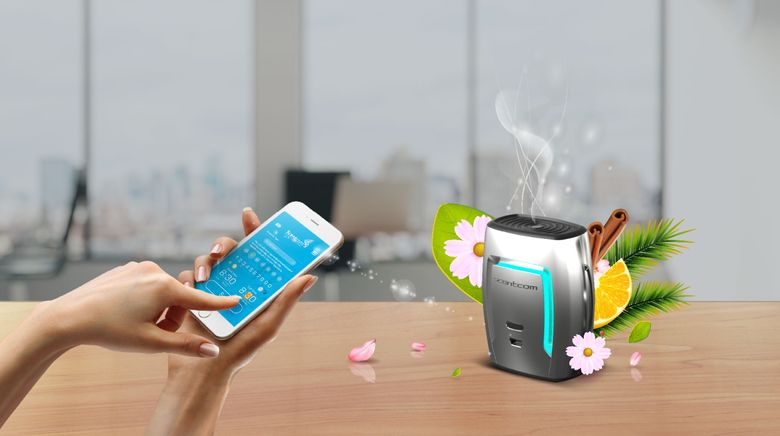
In 2007, the startup Scentcom began work on the introduction of sensory experience in various areas (games, television, cars, smartphones) using a gadget that replaces incense sticks for the home. The company applies the technology of ultrasonic microemitters, which direct the sprayed substances into the air stream outside the device, controlled by a mobile application. Surprisingly, the project is alive 10 years after the appearance.
In 2008, Nokia showed a prototype of a phone that could identify, transmit, and reproduce the smells received. Similar projects are seen at the Israeli startup Scent2you .

And at the other end of the world in 2008, the Japanese mobile operator NTT DoCoMo tested a device with cartridges of basic fragrances, which made it possible to create various aromatic blends.
It seems that the transfer of smells is one of those obsessive ideas that will never let go of humanity. Will there be success in this field?
Long-term odor storage

It all started with a device that was invented by designers Amy Radcliffe and Helen Combal-Ways. We are used to the fact that designers massively generate various conceptual works, many of which do not stand up to criticism from the point of view of engineering and logic. However, in this case, the designers proved themselves to be real inventors and created a camera that captures the smells for their subsequent reproduction.

The source of the smell is placed under the dome of the device. The air pump draws the smell into a special flask, which is then sent to the laboratory, where the molecular structure of the smell is decoded using gas chromatography and mass spectrometry . After isolating the molecules of individual odorous substances, they are mixed with a liquid and placed in a bottle that you can always carry around with you.
The device “Scentography” served as the basis for the creation of the gadget “Madeleine”, which remembers the fragrant trace of any person, object or place. Madeleine works on the basis of the method proposed in 1975 by the Swiss chemist and perfumer Roman Kaiser.
Kaiser had a significant impact on the analysis of natural products. He became one of the pioneers of the method of air analysis using gas chromatography and many of the natural aromas restored by him have found use in world famous perfumes. Kaiser is now engaged in restoring the aromas of endangered plant species, and his inventions live their own lives.
In Madeleine, the smell is processed in almost the same way as in the Swiss perfumer’s experiments 40 years ago: the device’s funnel is sent to the object, the pump is turned on, air is pumped through a glass tube with a cartridge that contains an adsorbent . The difference is that modern methods make it possible to make an adsorbent from various new materials - for example, from a porous ion-exchange resin based on 2,6-diphenylphenol. This material is resistant to atmospheric moisture and high temperatures, and an average pore diameter of 200 nm provides high capacity.
The cartridge with air breakdown is processed in the laboratory, where the most accurate odorous analogs are found to the molecules of natural odors - they restore the smell. Knowing the chemical composition of the air sample, we can reproduce any smell in the laboratory and do it as many times as necessary.
Teleportation odors

A group of scientists from the National University of Singapore (NUS) and Keio University, Japan, has been working since 2013 on a new methodology that allows digitizing taste and color. Before the test was placed a transparent glass with distilled water. In the glass, the LED backlight was activated, repeating the color of lemonade. The electrodes built into the upper part of the glass irritated the taste buds of the tongue, imitating the taste tastes of a taster like drinking lemonade.
The prototype of the device could reproduce only four basic tastes: sweet, bitter, salty and sour (therefore, the experiment was put on lemonade). Scientists plan to add smells to taste to make products more realistic.
Scientists from the University of York (Canada) and the University of Warwick (United Kingdom) were the first in the world to be able to transmit a text message using odor. The text was entered on the Arduino Uno board in binary code. Then the spray gun connected to the Arduino sprayed vapors of isopropyl alcohol in the direction of the receiver. The presence of vapors in the air is one, the absence is zero.
On the receiver side was another Arduino Uno microcontroller with three sensors for different substances. The controller decodes the message, recognizing an increase in alcohol vapor as a unit, and a decrease as zero.
There are also other experiments, the purpose of which is to preserve the smell and quickly transfer it to a distance. But the question arises, what is the ultimate goal of all research - science for the sake of science or the creation of a real product in demand on the market?
Real application

A thing that looks like an April Fool's joke. Scientists from Tokyo Agrarian Technical University invented the "smelling screen". The smell comes from a specific area on the screen corresponding to the source of the fragrance — for example, when an image of a peach appears, this particular corner of the screen smells like fruit.
From heated sublimated gel granules, the smell enters the four air streams. The system changes the position of the fans installed at the corners of the screen, so that the smell in the air flow follows to a specific place and is consistent with the image on the screen.
At the moment, the system can produce only one smell, but the researchers say that the next model will be equipped with a cartridge for receiving dozens of different flavors.
The technology of means of “delivering” smells that correspond to the picture on the screen can greatly enhance the perception of the audience. Imagine that you are watching the “Game of Thrones” series, in which the characters savorly eat fried chicken. And your living room is filled with the aroma of meat and spices.
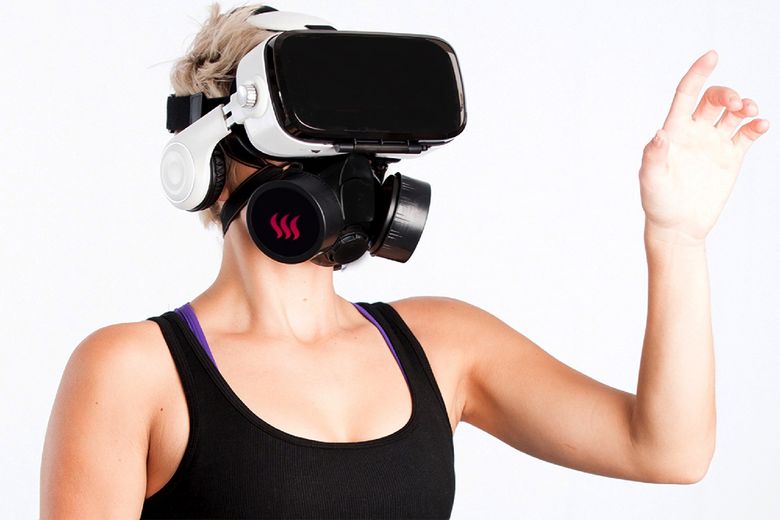
The ability to transmit smells over a distance (or only the information about odors) will obviously find application in many areas: games, marketing, medicine, tourism. For virtual reality, artificial smell is another way to completely immerse a person in the digital world.
In everyday life, we do not attach much importance to smell. Does it smell good? You can eat or just smell. Feeling disgusting stench? So you need to stay away. For most people, these basic settings are the only ones.
Everyone can remember an example, when the smell served as an additional source of information - a police officer asks you to breathe, and a jealous wife instantly hears the smell of foreign spirits on her husband's jacket - but most of the smells are fleeting to our consciousness. In the cinema hall, the smell of sweet popcorn only pleasantly complements the atmosphere, and the smell of the sea near the coast is unlikely to focus your perception for a long time. However, scientists from the Howard Hughes Medical Institute and Rockefeller University, testing volunteers using a “palette” of various complex odors, determined that our sense of smell is able to recognize at least a trillion (!) Odors .
This is hard to believe, but scientists say they were not mistaken in their calculations. For comparison - the human eye is able to see up to 10 million colors, and the ear can hear up to 350,000 sound frequencies. It turns out that the nose will give us much more information about the world around us - if we ourselves wanted and developed the appropriate skills.
We are still only at the very beginning of the development of sensory perception of the world. It is difficult to guess what other data about odors science will learn and how people will be able to dispose of the information received. It is possible that, thanks to technology, we will learn to more fully “see” and “feel” the surrounding space, regardless of whether we are in reality or in the VR world.
All Articles